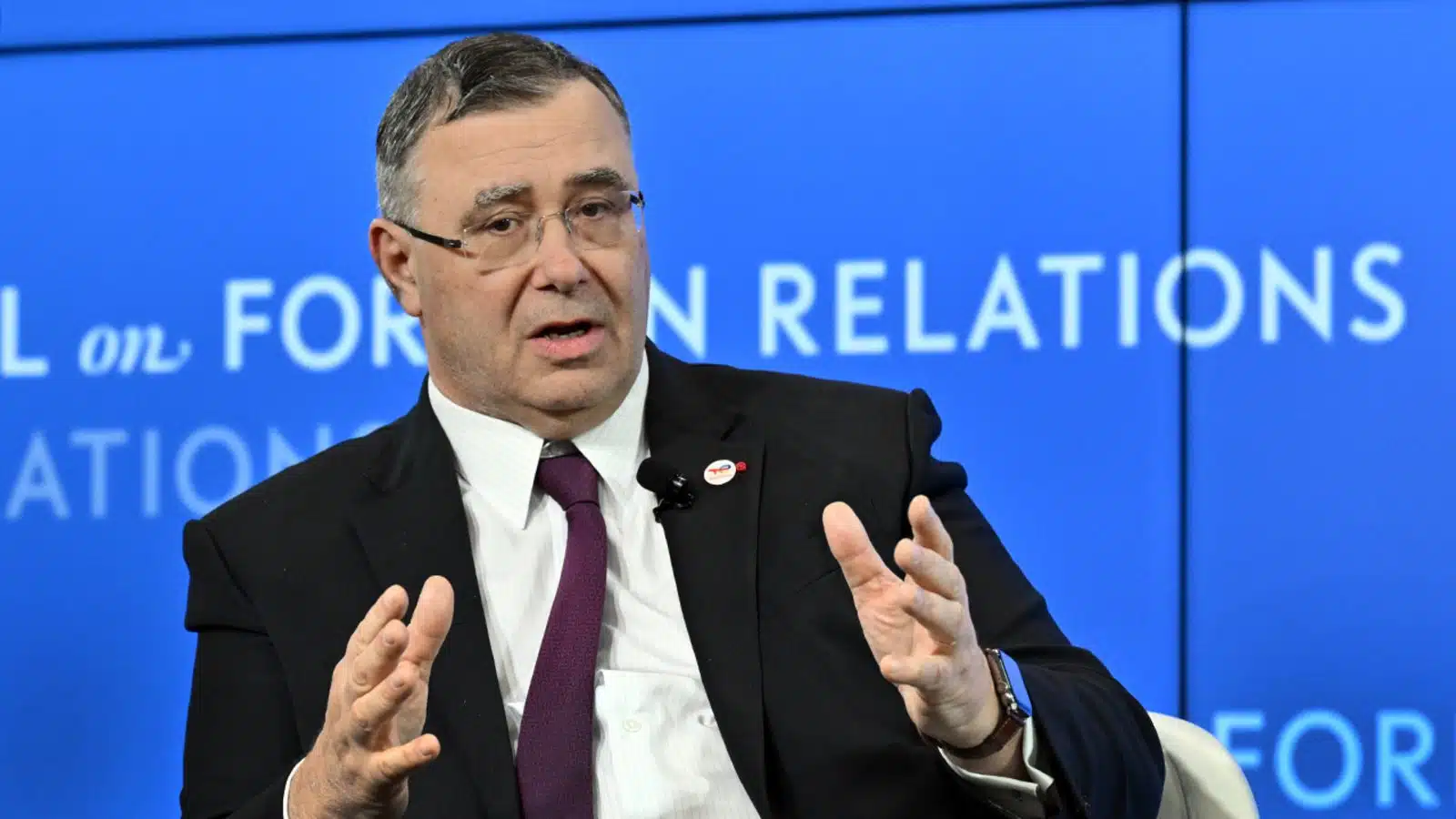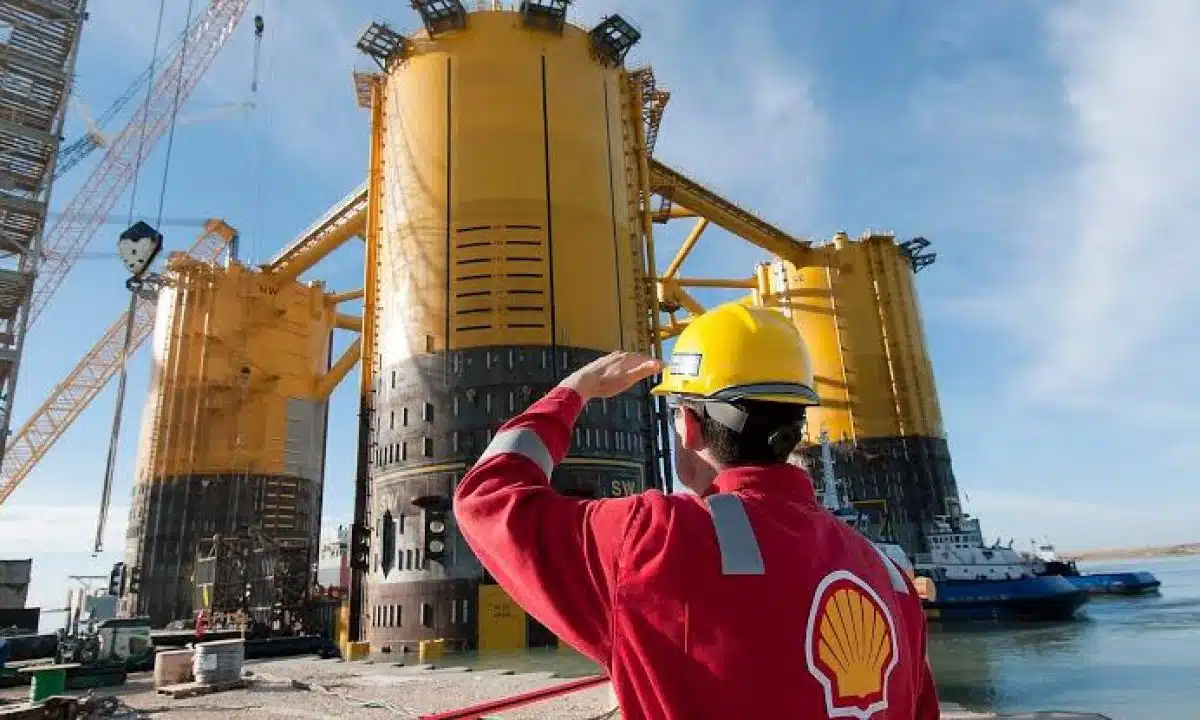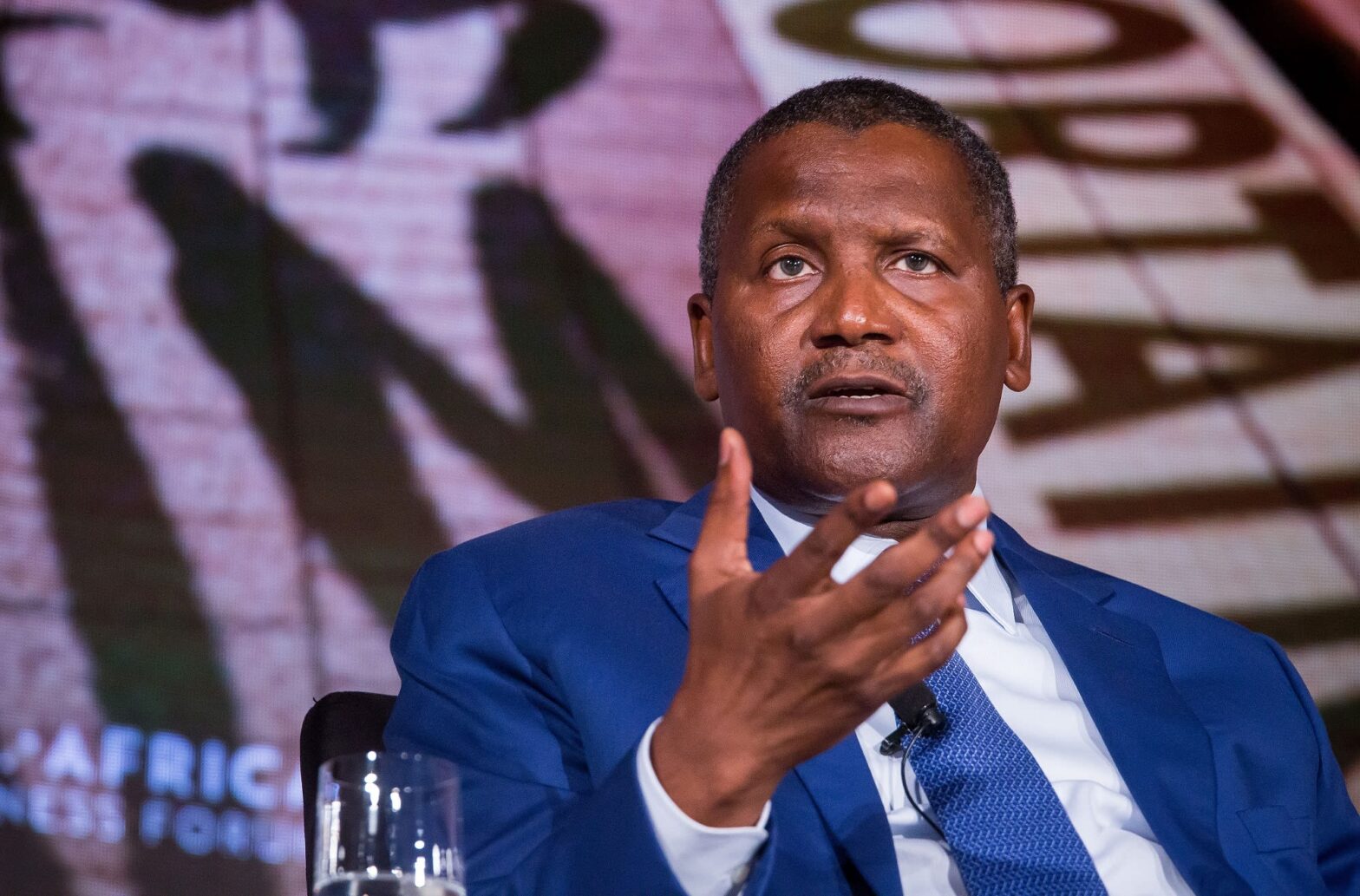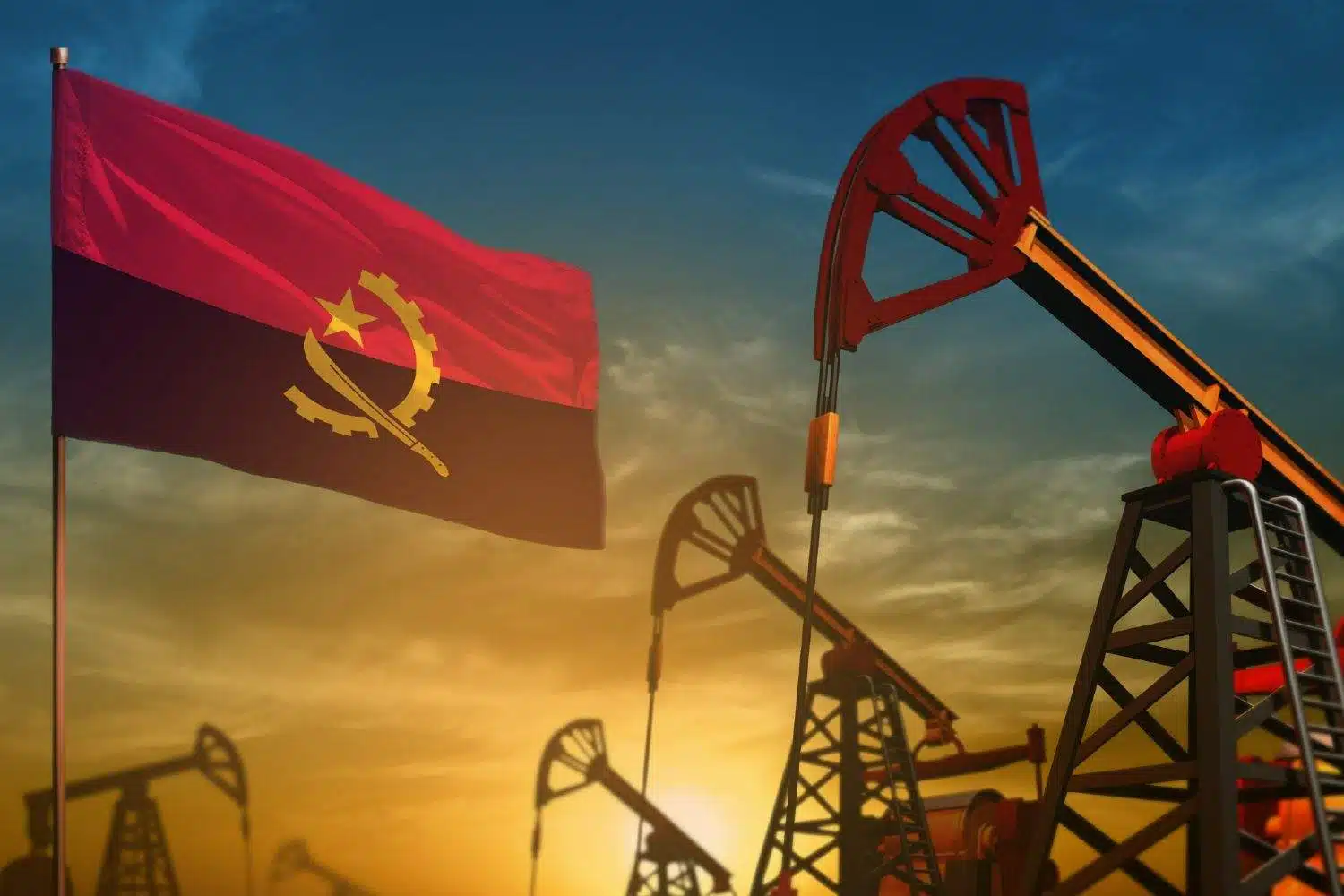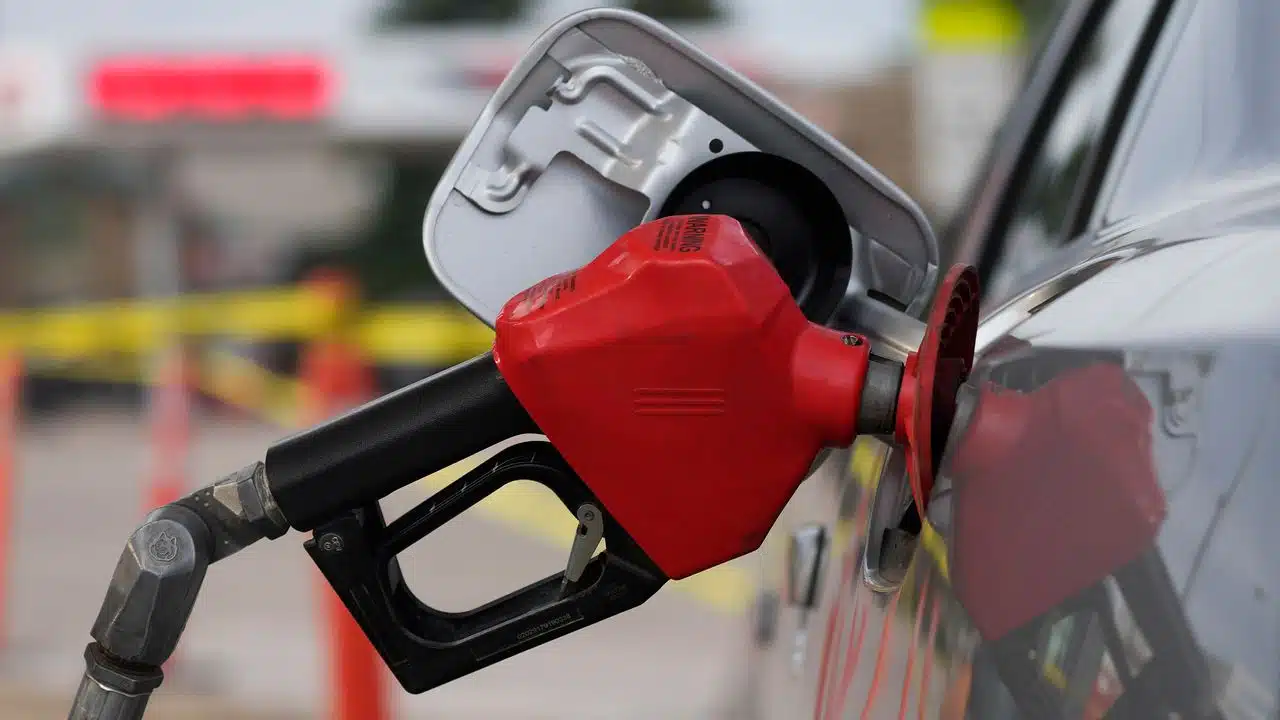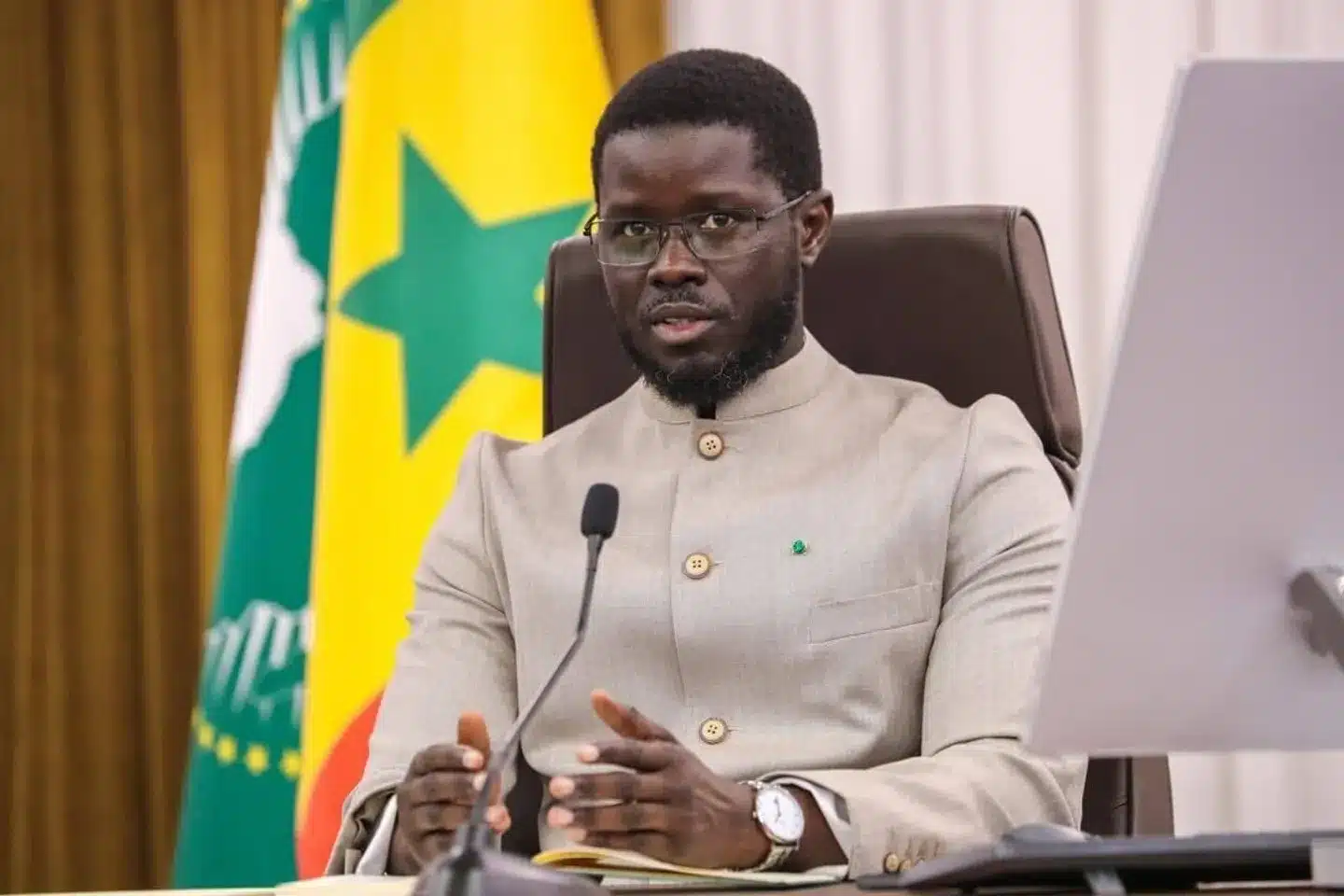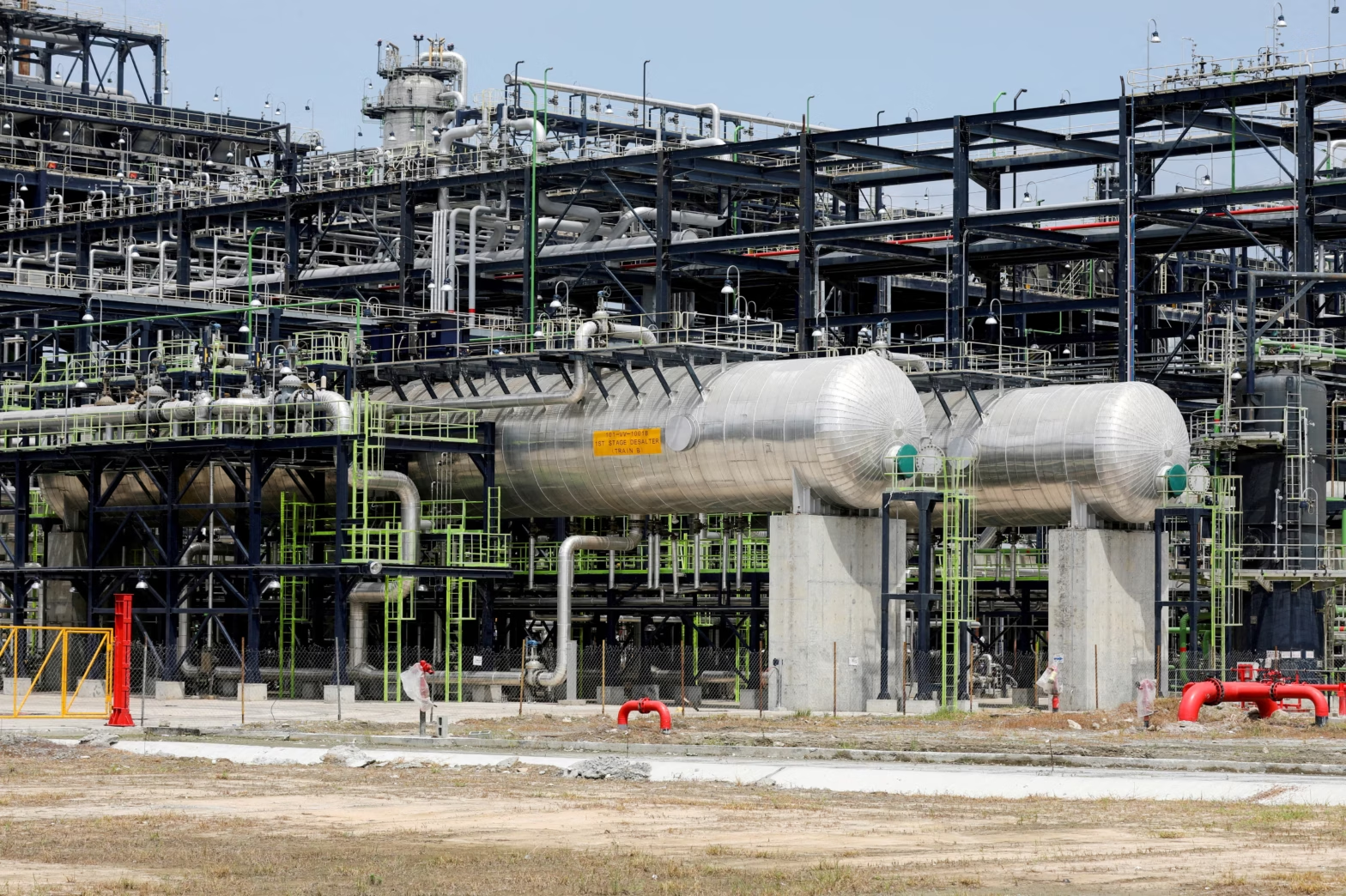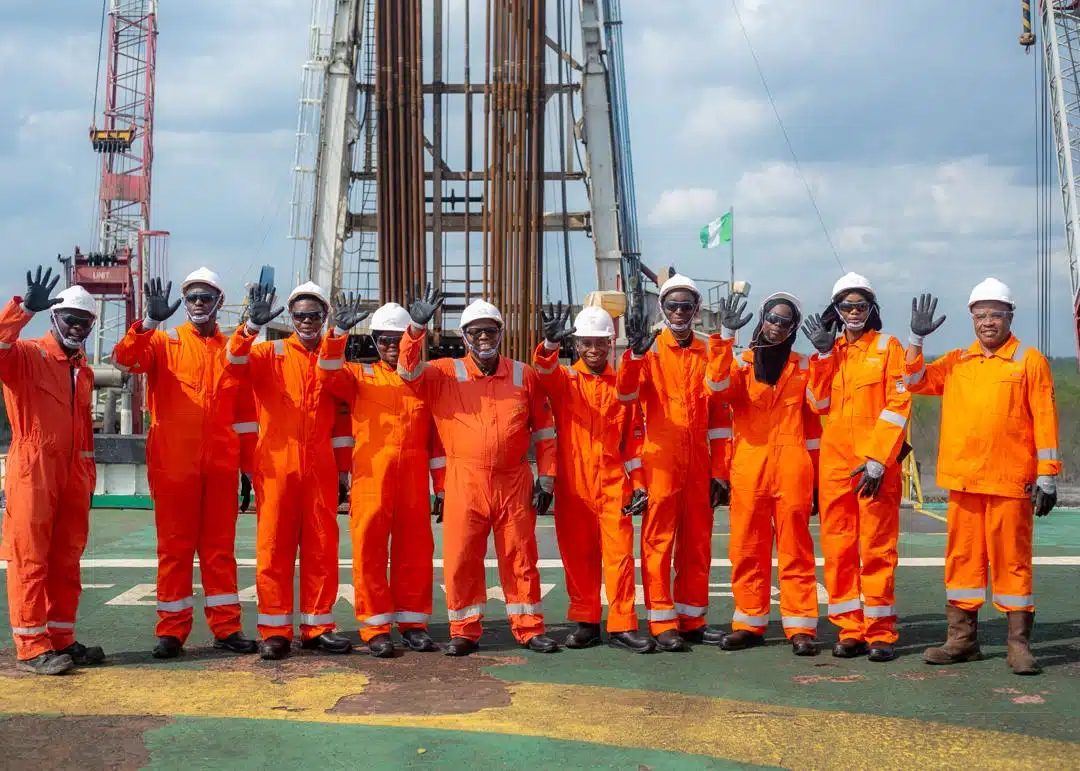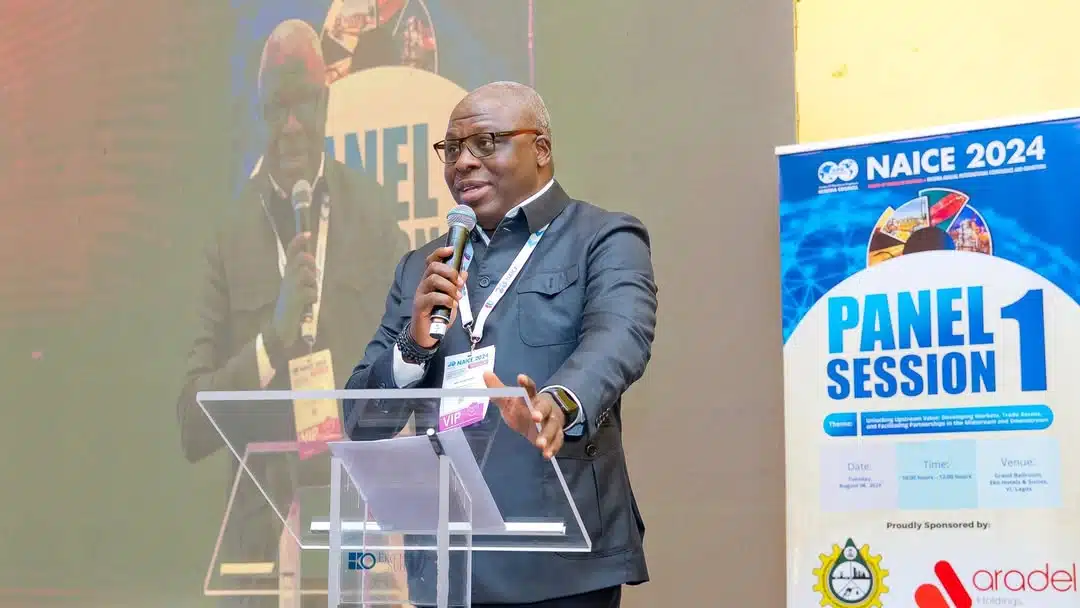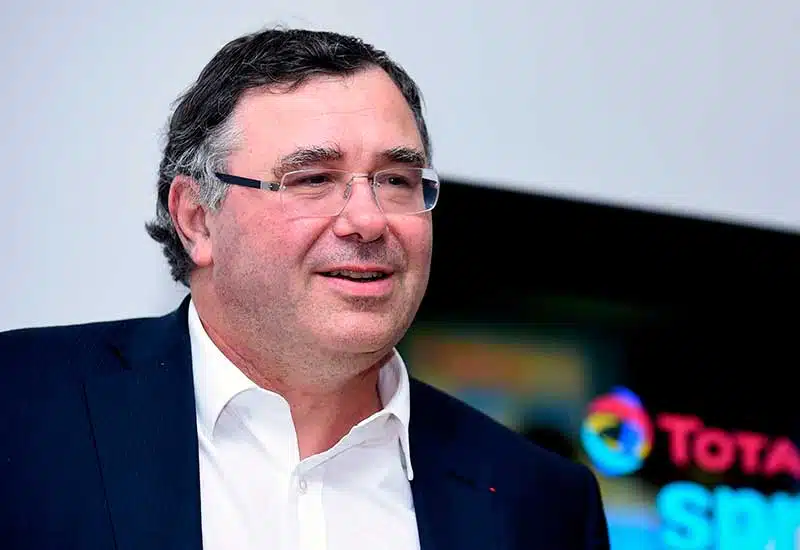When TotalEnergies pulled the plug on its massive LNG project in northern Mozambique back in 2021, many saw it as a wake-up call rather than a pause.
The $20 billion venture, once hailed as a game-changer for Africa’s energy future, was brought to a standstill by a wave of insurgent violence that exposed the fragile underbelly of resource-rich regions.
Fast forward to 2025, and the project is roaring back to life, but not without a few critical changes.
From tightened security and ballooning equipment costs to renewed global interest in LNG and a surprising boost from Washington, the landscape around Mozambique’s gas ambitions looks very different today.
TotalEnergies and its partners have just finally lifted a four-year hiatus on the gas project in Mozambique, marking another proud moment for the country.
Beyond just restarting a stalled megaproject, this positive development also says a lot about how geopolitical shifts and financial muscle are reshaping energy development in one of Africa’s most promising frontiers.
Let’s unpack what’s new—and why this revival could be more resilient than the last attempt.
Improved security in Palma
The initial shutdown in 2021 followed deadly attacks by Islamist militants in Palma, near the project site in Cabo Delgado.
Since then, Mozambique’s government has intensified military operations and received support from regional forces, notably from Rwanda and the Southern African Development Community (SADC) to reclaim and secure key territories.
Rwandan troops, deployed since mid-2021, have helped in stabilizing Palma and Mocímboa da Praia—areas central to the LNG infrastructure.
As of August 2025, conflict-affected communities are increasingly returning home after temporary displacements, signaling improved local confidence in security conditions.
Mozambican and Rwandan forces have conducted joint operations to dismantle insurgent camps and secure transport corridors vital to LNG logistics
These efforts have significantly reduced militant activity, allowing TotalEnergies and its partners to resume operations with greater confidence in the safety of personnel and infrastructure.
Before now, TotalEnergies had stated that it would not resume operations until there was “a strong alignment between the Mozambican government and investors,” stressing that a peaceful environment was essential for moving forward.
Inflation in project costs
Global inflation and supply chain disruptions have driven up the cost of industrial equipment and construction materials.
LNG-specific components—such as cryogenic tanks, compressors, and pipeline systems—have seen price hikes of up to 20% compared to pre-2021 levels.
Another reason why the cost of the project might go up is the rising cost of steel in the US due to tariff
Earlier in October, Patrick Pouyanné, TotalEnergies Chief Executive Officer warned that the new tariffs on steel will “inevitably” increase construction costs for the onshore LNG project.
This has prompted TotalEnergies to revise its budget forecasts and renegotiate procurement contracts with American contractors who will be handling the project to mitigate financial strain.
One of the equity investors in the project, Bharat Petroleum (BPCL), last year said the total cost could rise by at least $4 billion, potentially bringing the project’s new budget to roughly $24 billion.
The LNG project partners will decide how these extra costs will be shared.
Global LNG momentum restores investor confidence
Since Russia’s invasion of Ukraine in 2022, the global LNG market has undergone a major shift, creating a long-term supply gap that continues to reshape energy strategies worldwide.
In response, both Europe and Asia have ramped up their demand for liquefied natural gas, triggering a sustained market rebound.
This surge in demand, coupled with rising prices, the push for supply diversification, and the appeal of long-term contracts, has transformed Mozambique’s LNG prospects.
Once viewed as a high-risk frontier, the country’s vast offshore reserves and strategic location now position it as a key player in the evolving global energy mix.
Mozambique’s LNG project, led by TotalEnergies, has already secured strong commercial backing.
Nearly 90% of its output is committed under long-term sales agreements with major buyers including CNOOC (China), Shell (UK), and EDF (France).
These offtake contracts provide a solid financial foundation, reducing uncertainty and boosting investor confidence as operations prepare to resume.
Renewed US backing from Trump stirs hope
With Donald Trump back in office, U.S. diplomatic and financial support for African energy projects has arguably stalled.
Yet his administration has intensified support for the multi-billion-dollar project which he once approved in his first term.
The U.S. Export-Import Bank re-approved a $4.7 billion loan facility to support the Mozambique LNG project in March, despite protests by environmental groups which claimed the agency did not do due diligence.
Trump’s White House touted the loan as supporting several US manufacturers who will supply critical equipment support and engineering services to the project.
This financial injection not only indicates U.S. commitment but also enhances the project’s liquidity and resilience against future disruptions.
This has brought renewed interest in backing strategic infrastructure that aligns with American energy and geopolitical interests.
In short, the shift has encouraged stakeholders in the Mozambique LNG project, who view U.S. involvement as a stabilising force and a potential catalyst for further investment.
Increase in local and community consultation
In the months leading to the lifting of force majeure on Mozambique’s LNG project, TotalEnergies has adopted a more inclusive and development-focused approach.
Local leaders, civil society groups, and displaced residents are now part of structured dialogues aimed at ensuring equitable development.
This shift aims to rebuild trust, address displacement concerns, and ensure long-term stability in Cabo Delgado.
The company now conducts regular consultations with local leaders, civil society groups, and displaced residents, especially in Palma and Mocímboa da Praia, focusing on transparency and shared decision-making.
- Community Liaison Offices have been reopened to facilitate dialogue and grievance reporting.
- Public forums and stakeholder meetings are held to discuss project timelines, safety, and social investment plans.
- The company has committed to quarterly updates on project progress and community impact assessments
TotalEnergies has also made investment in social infrastructure towards addressing displacement and resettlement.
It has inaugurated a 1.7-km road project in Palma to improve access to health, education, and transport services in host communities.
In September, TotalEnergies signed a $10 million agreement with Mozambique’s Agency for the Integrated Development of the North (ADIN) to fund development projects in Cabo Delgado.
Aside from supporting infrastructure development, the new financing also includes initiatives to boost local businesses and promote social cohesion in TotalEnergies’ host communities.
The bottom line
The revival of TotalEnergies’ Mozambique LNG project is a strategic recalibration poised to reshape the energy landscape of Mozambique and the broader African continent.
With improved security, surging global demand, and renewed international support, the project is on track to deliver over 13 million tons of liquefied natural gas annually by 2030.
For Mozambique, one of the world’s poorest nations, this signals a potential leap toward long-term economic growth and gas-driven industrialization. But the road ahead is far from guaranteed.
The project’s success will depend heavily on sustained community engagement and the ability of stakeholders to secure financing for the remaining—and now significantly costlier—phases of development.
And while the security situation has improved, lingering fears of future insurgent activity remain a shadow over the region’s stability.
In short, the LNG revival offers promise—but only if the momentum is matched by security resilience, continuous funding, and inclusive growth.

